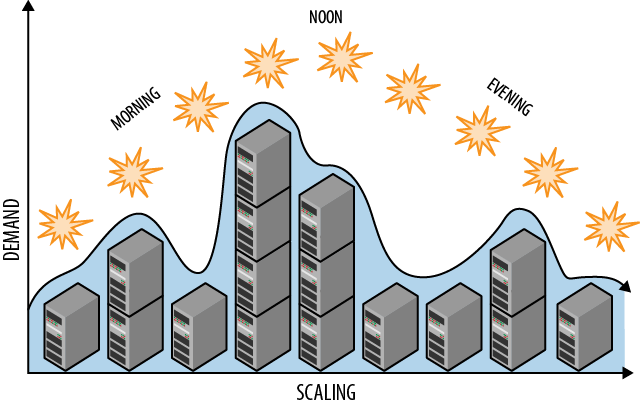Dear Loyal Readers, If you ever wish you could bootstrap a machine with chef-zero, but remotely, then knife-zero plugin is for you (aka: “do you ever wish Chef were more like Ansible?”). Last week, I was trying to combine multiple knife commands: “-z” for using chef zero, and “bootstrap” for making a remote computer install chef-client first. But, […]
Blog
Insight and analysis from thought leaders in agile development and testing, DevOps, security, test automation, and more.





